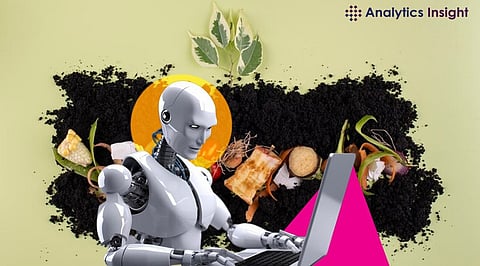
- Insights
- Cryptocurrencies
- Stocks
- White Papers
- Industry
- Geography


The agri-food sector is one of the most important and complex sectors in the world, as it involves the production, processing, distribution, and consumption of food and agricultural products. The agri-food sector faces many challenges and opportunities, such as increasing population and demand, climate change and environmental issues, food security and safety, quality and traceability, and market competition and innovation.
Farming: AI can help farmers optimize their inputs, outputs, and processes, by using sensors, drones, satellites, and robots to collect and analyze data on soil, weather, crops, pests, diseases, and livestock. AI can also provide farmers with actionable insights and recommendations, such as when and how much to irrigate, fertilize, harvest, or treat their crops and animals. AI can also enable precision agriculture, which is the practice of tailoring the management of each crop or animal to its specific needs and conditions.
Processing: AI can help food processors improve their operations, by using computer vision, machine learning, and natural language processing to monitor and control the quality, safety, and efficiency of their products and processes. AI can also help food processors develop new and innovative products, by using generative design and predictive analytics to create novel recipes, flavors, textures, and formulations. AI can also enable food processing automation, which is the use of machines and systems to perform tasks that are normally done by humans, such as sorting, grading, slicing, packaging, and labeling.
Distribution: AI can help food distributors optimize their logistics, by using optimization algorithms, reinforcement learning, and blockchain to plan and coordinate the transportation, storage, and delivery of food and agricultural products. AI can also help food distributors enhance their traceability, by using RFID tags, QR codes, and smart contracts to track and verify the origin, destination, and condition of their products. AI can also enable food distribution personalization, which is the practice of customizing the products and services to the preferences and needs of each customer, such as dietary restrictions, allergies, or tastes.
Consumption: AI can help food consumers make better choices, by using chatbots, recommender systems, and voice assistants to provide them with information, advice, and feedback on their food and nutrition. AI can also help food consumers enjoy their food, by using augmented reality, virtual reality, and gamification to create immersive and interactive experiences around food. AI can also enable food consumption innovation, which is the creation of new and alternative ways of producing and consuming food, such as lab-grown meat, plant-based meat, or insect-based food.
Social: AI can affect the social aspects of the agri-food sector, such as the employment, education, and empowerment of workers and consumers. AI can create new jobs and skills, but also displace and replace existing ones, requiring retraining and reskilling. AI can also provide access to information and knowledge, but also create biases and inequalities, requiring awareness and inclusion. AI can also enable participation and collaboration, but also create conflicts and disputes, requiring regulation and governance.
Economic: AI can affect the economic aspects of the agri-food sector, such as the costs, revenues, and profits of the producers and consumers. AI can reduce costs and increase efficiency but also create new expenses and challenges, requiring investment and innovation. AI can also increase revenues and profits, but also create new risks and uncertainties, requiring management and insurance. AI can also create new markets and opportunities, but also create new competitors and threats, requiring strategy and adaptation.
Environmental: AI can affect the environmental aspects of the agri-food sector, such as the resources, emissions, and impacts of the production and consumption of food and agricultural products. AI can reduce resource use and waste, but also create new demands and pressures, requiring conservation and optimization. AI can also reduce emissions and pollution, but also create new sources and problems, requiring mitigation and remediation. AI can also reduce impacts and damages, but also create new effects and consequences, requiring monitoring and evaluation.
